W. W. Ahmed
A Generative deep learning approach for shape recognition of arbitrary objects from phaseless acoustic scattering data
Jul 12, 2022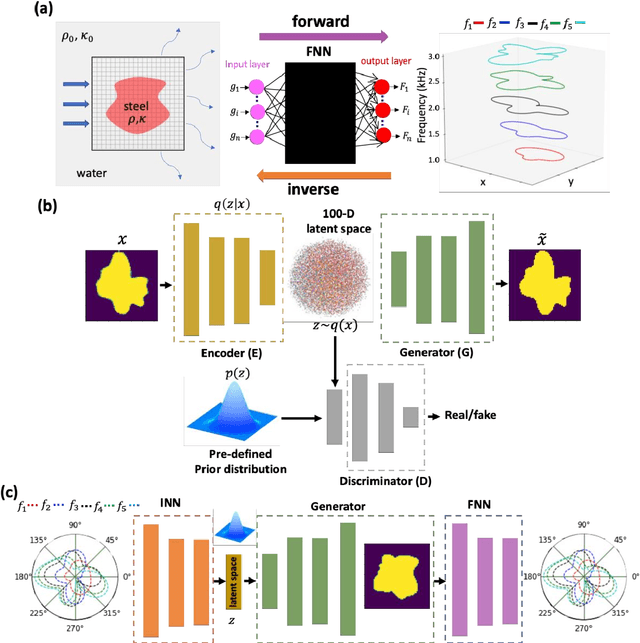
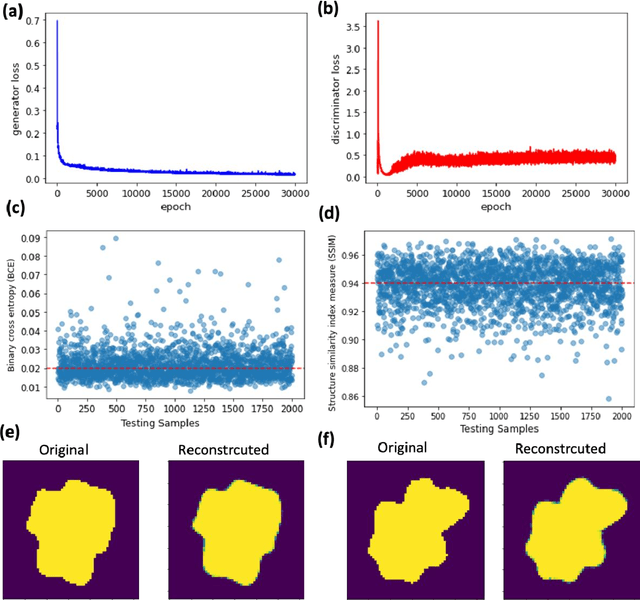
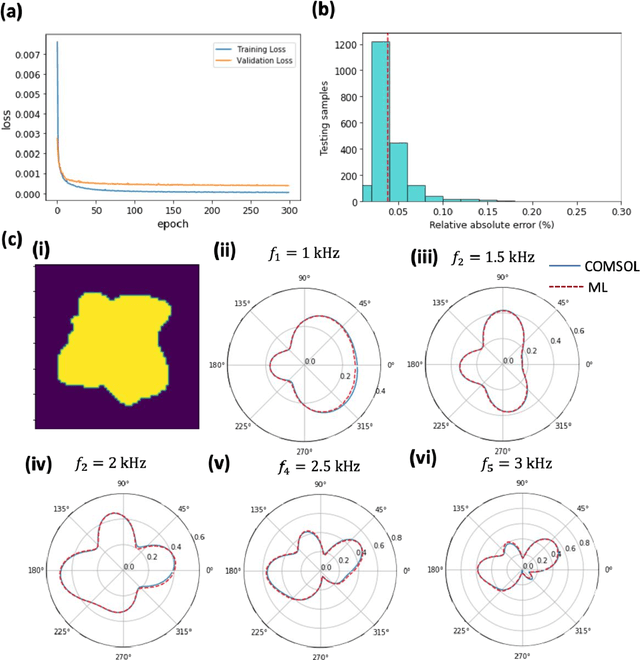
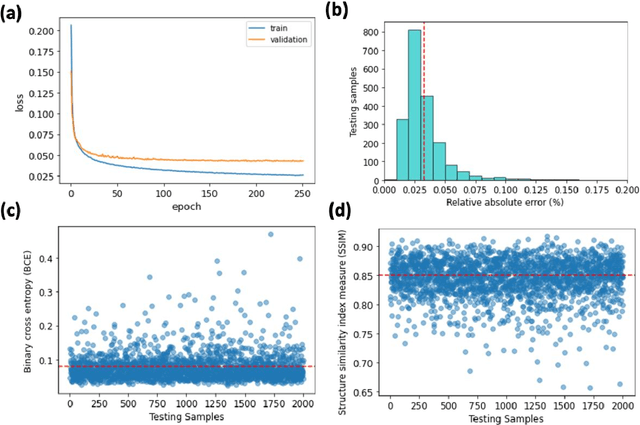
Abstract:We propose and demonstrate a generative deep learning approach for the shape recognition of an arbitrary object from its acoustic scattering properties. The strategy exploits deep neural networks to learn the mapping between the latent space of a two-dimensional acoustic object and the far-field scattering amplitudes. A neural network is designed as an Adversarial autoencoder and trained via unsupervised learning to determine the latent space of the acoustic object. Important structural features of the object are embedded in lower-dimensional latent space which supports the modeling of a shape generator and accelerates the learning in the inverse design process.The proposed inverse design uses the variational inference approach with encoder and decoder-like architecture where the decoder is composed of two pretrained neural networks, the generator and the forward model. The data-driven framework finds an accurate solution to the ill-posed inverse scattering problem, where non-unique solution space is overcome by the multifrequency phaseless far-field patterns. This inverse method is a powerful design tool that does not require complex analytical calculation and opens up new avenues for practical realization, automatic recognition of arbitrary shaped submarines or large fish, and other underwater applications.
Machine learning for knowledge acquisition and accelerated inverse-design for non-Hermitian systems
Apr 28, 2022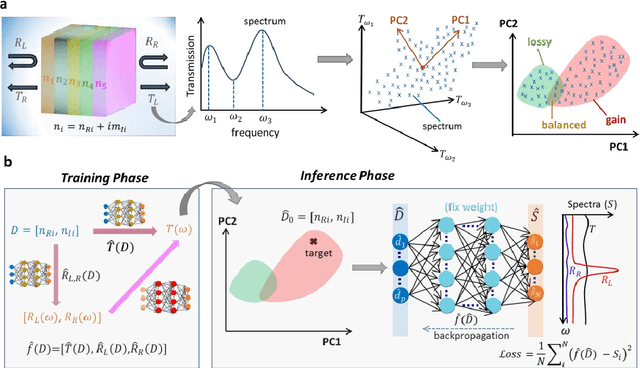
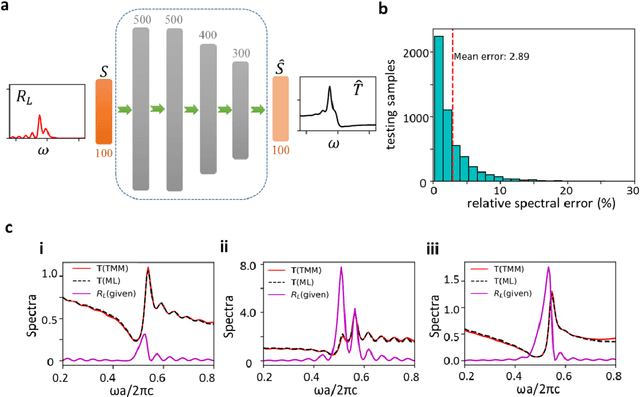
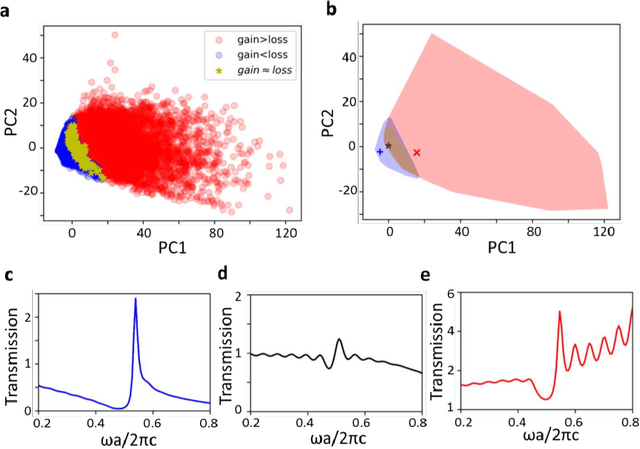
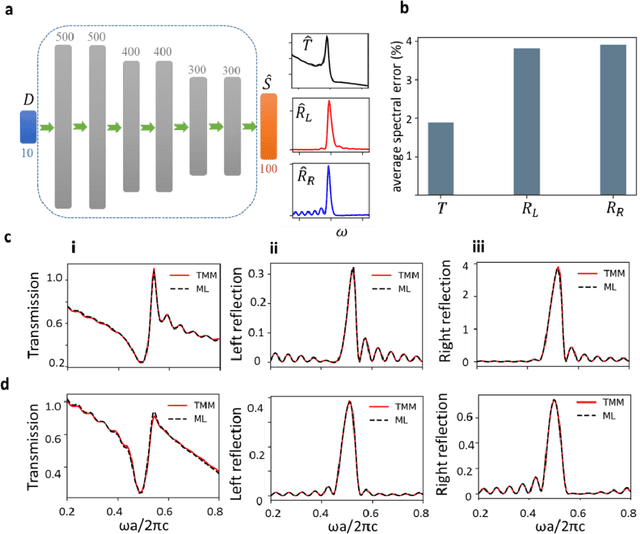
Abstract:Non-Hermitian systems offer new platforms for unusual physical properties that can be flexibly manipulated by redistribution of the real and imaginary parts of refractive indices, whose presence breaks conventional wave propagation symmetries, leading to asymmetric reflection and symmetric transmission with respect to the wave propagation direction. Here, we use supervised and unsupervised learning techniques for knowledge acquisition in non-Hermitian systems which accelerate the inverse design process. In particular, we construct a deep learning model that relates the transmission and asymmetric reflection in non-conservative settings and proposes sub-manifold learning to recognize non-Hermitian features from transmission spectra. The developed deep learning framework determines the feasibility of a desired spectral response for a given structure and uncovers the role of effective gain-loss parameters to tailor the spectral response. These findings pave the way for intelligent inverse design and shape our understanding of the physical mechanism in general non-Hermitian systems.
 Add to Chrome
Add to Chrome Add to Firefox
Add to Firefox Add to Edge
Add to Edge